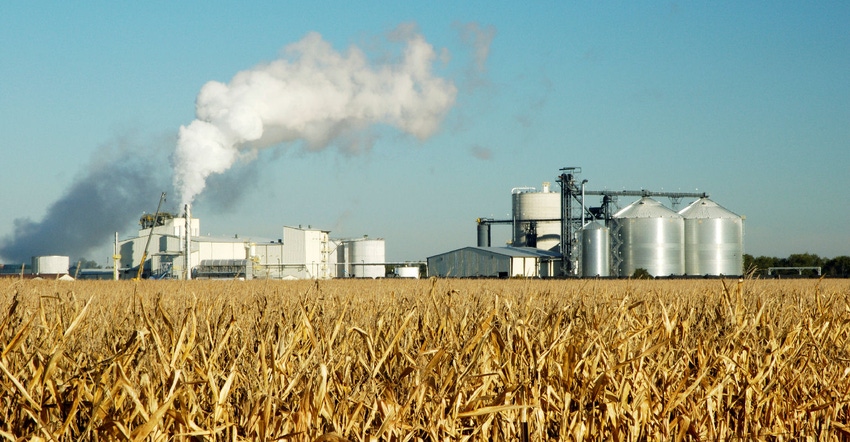U.S. wins case against ethanol duties in Peru
Decision reverses a previous ruling that applied a 15-cents per gallon duty on U.S. ethanol.

The Peruvian National Institute for the Defense of Free Competition and the Protection of Intellectual Property Tribunal announced Friday that the U.S. ethanol industry and the U.S. government won an appeal on a countervailing duty case brought against U.S. ethanol in Peru, reversing a previous decision handed down by Peruvian authorities that applied a 15-cent per gallon duty on U.S. ethanol and resulted in loss of market access in the country.
The Renewable Fuels Association, U.S. Grains Council and Growth Energy participated extensively in this case, arguing at hearings in both the initial investigation and the appeal in Peru on behalf of the U.S. ethanol industry.
“We appreciate the thoroughness of the Competition Tribunal’s analysis, and the careful review process followed in Peru. This is a welcome development for our U.S. ethanol producers and our valued customers in Peru,” according to a joint statement from Geoff Cooper, RFA president and CEO; Ryan LeGrand, USGC president and CEO; and Emily Skor, Growth Energy CEO.
According to USGC, demand for fuel ethanol in Peru is entirely driven by the mandated blend of ethanol in gasoline set at 7.8%. The actual national blend of ethanol in gasoline is slightly below this at 6.7% as some states are exempt.
Peru has been a net importer of fuel ethanol since 2015 as domestic producers have focused on the EU export market. The majority of this import demand has been met with ethanol from the U.S. Total exports in 2018 were 33 million gallons (compared to 46 million gallons of imports), the Grains Council notes.
“We are pleased that Peruvian authorities reached the right result, and we look forward to continuing our close work with Peru to further enhance our mutually beneficial trade relationship development efforts, including urging them to increase their blend rate beyond 7.8%,” the joint statement notes. “Doing so would also help Peru to meet its Paris Agreement commitments and lead to opening more global trade of ethanol.”
Peru does not use financial incentives to encourage ethanol use but relies on mandatory blending. The blending mandate of 7.8% was announced in 2005 but experienced some setbacks before being implemented.
After the delays, the mandate was rolled out between 2010 and 2011. Five regions are exempt from the mandate as they are sparsely populated and heavily forested so the logistics of supplying the area with ethanol were deemed too difficult (this only makes a small difference to total demand given the small population of these areas). The mandate is met in all the states where applied.
In 2015 the government announced its commitment to reduce GHG emissions by 30% by 2030 in line with the Paris Agreement focusing on a number of sectors including transport. No moves have yet been made to increase the ethanol obligation, but an increased mandate would help Peru to increase its GHG savings, the U.S. Grains Council adds.
“The U.S. ethanol industry remains focused on expanding the global use of low-carbon ethanol, reducing barriers to trade, and elevating the energy discussion, and we favor continued collaboration and cooperation with Peru and other nations that share the vision of a free and open global ethanol market,” the ethanol industry leaders note.
About the Author(s)
You May Also Like





